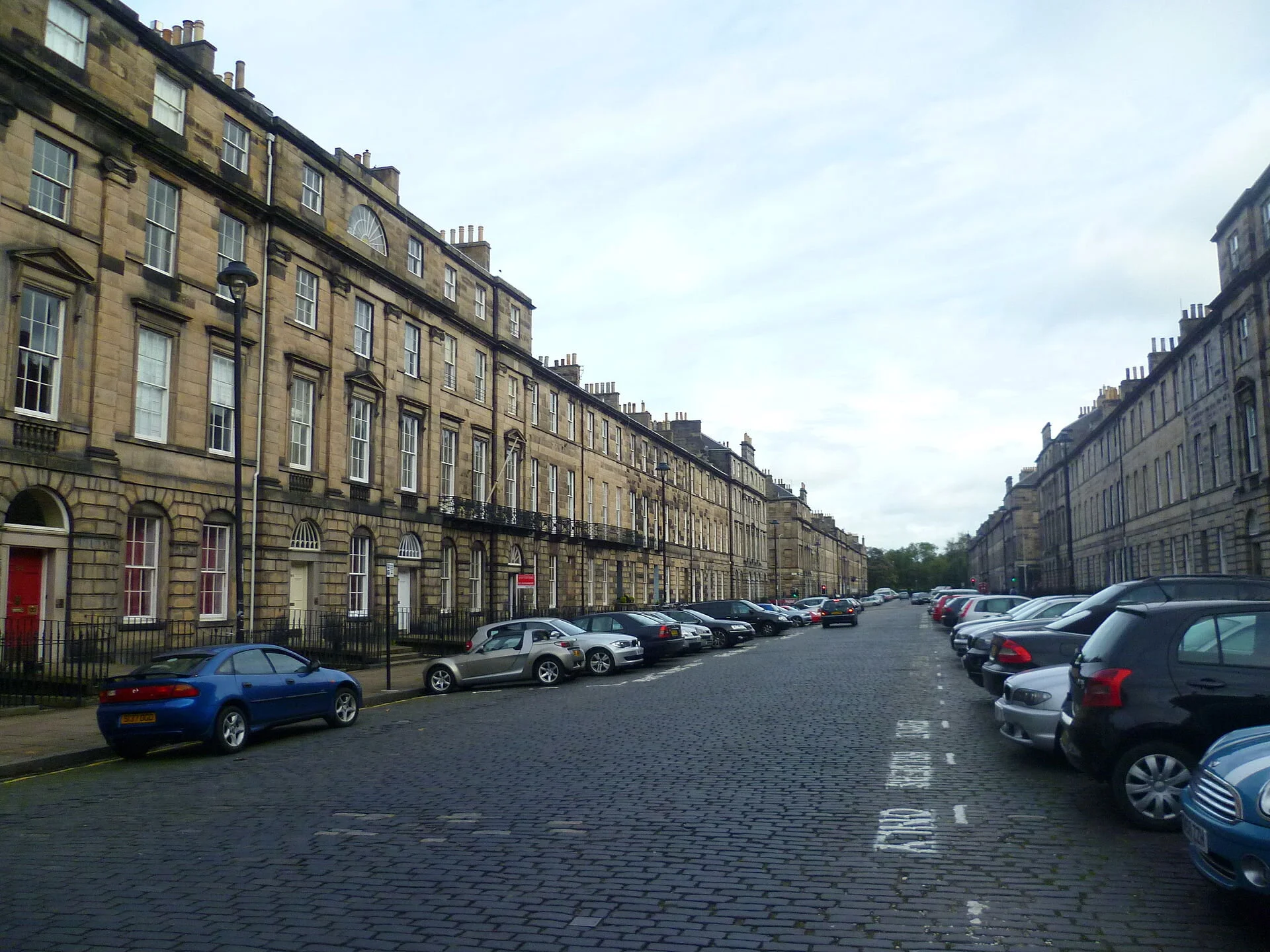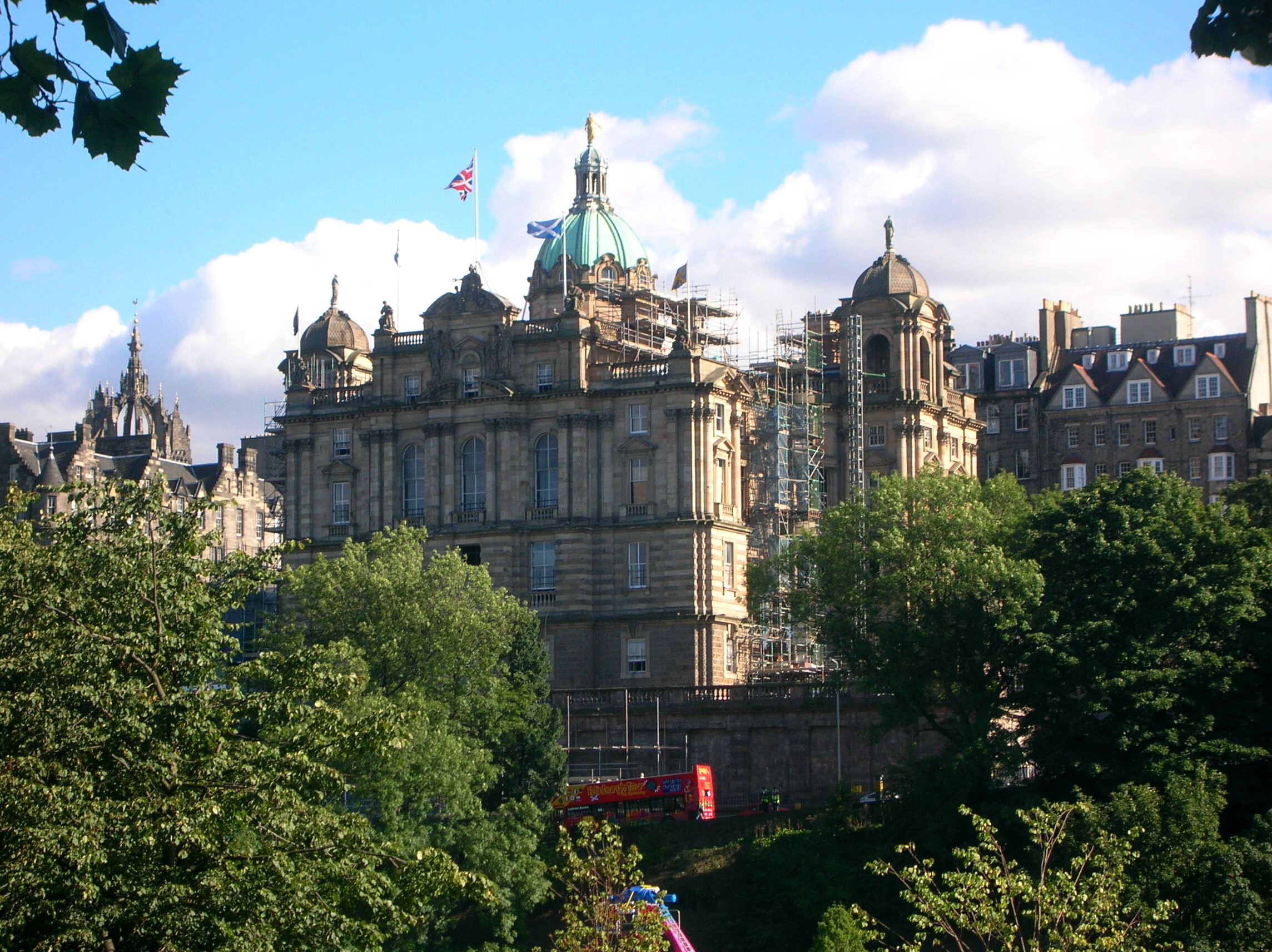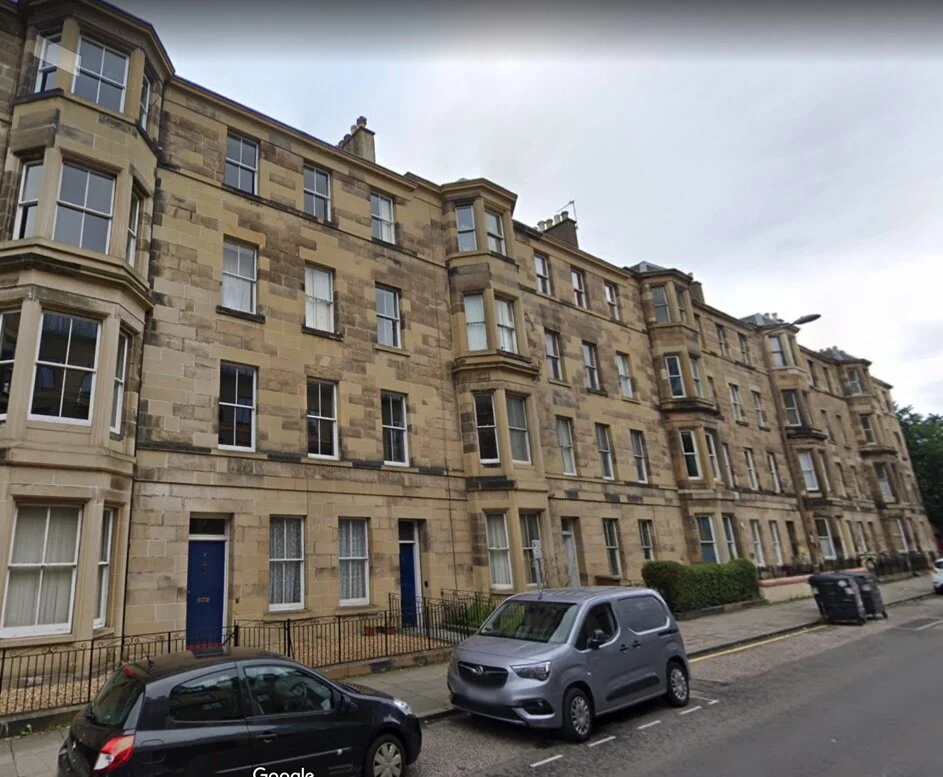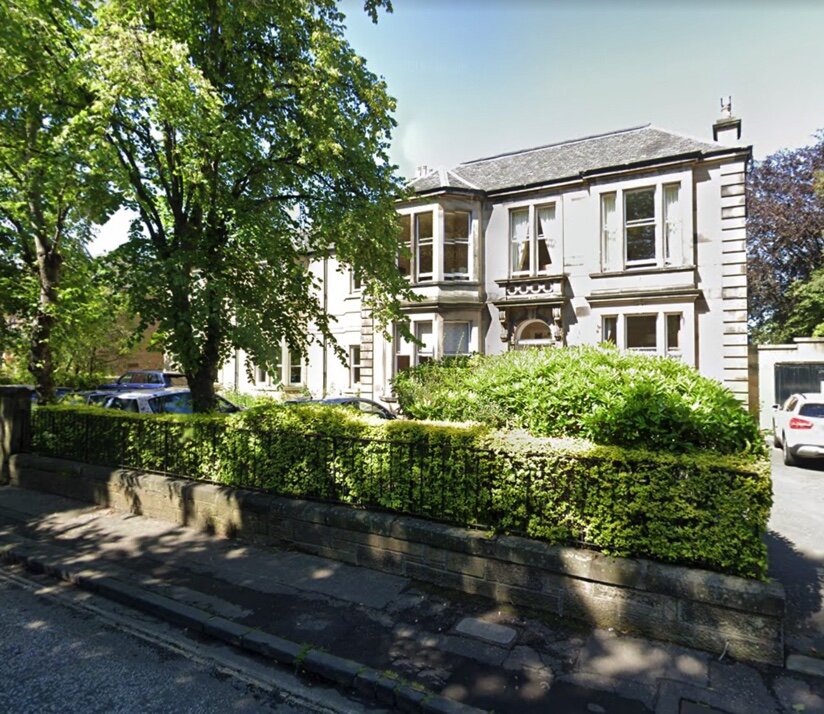Setting Tour - Edinburgh
/Scottish settings of the Once & Future series.
Although, the Once & Future Series is fantasy, there are some very real places that play an important part in the story. These are places that you as the reader can even visit. So we’re going to go on a little tour of those places and talk about their history and how they relate to Sarah and Dermot’s story.
First, we’ll talk about the settings in Scotland, Then we’ll shift to the settings from the earlier books. This post will start this series off with a tour of the Edinburgh that you read about in Thrice to Thine and Nothing Good Gets Away.
Here are the key spots in Edinburgh that you might want to know.
The Old Town
The New Town
The Mound
Bernard Terrace
Polwarth Terrace
Dean Village
The Vaults
Moray Place
The Old Town
Edinburgh’s Old town is the oldest part of a truly old city. This is the part of the city that a lot of people think of when you say Edinburgh. It serves as the cultural center and is home to Edinburgh Castle, Holyrood House, Scottish Parliament, the National Museum of Scotland and some of the city’s oldest churches. Its streets are crammed with stone buildings some of which are nearly on top of each other. Unlike the deliberately laid out streets of The New Town, the Old Town’s has a few major thoroughfares that are connected and bisected by narrow closes and wynds. As the centuries have gone by, this part of town has been built up layer by layer, and some of the ancient closes and bridges were enclosed as newer buildings and streets were built over them. Visitors to Edinburgh can tour Mary King’s Close to get a picture of what some of these closes were like before they were closed off. We’ll talk about that some more when we talk about the Vaults.
The New Town
The New Town isn’t as new as it sounds. It was built in the eighteenth and nineteenth centuries after the Nor Loch was drained to make way for what is now Princes Street Gardens and Waverley Train Station. Across that reclaimed land from Old Town, a new and modern town was planned with park land and an organized grid of streets. It is characterized by Georgian architecture, squares, and wide avenues. Bute House, the home of Scotland’s First minister is in the New Town as well as the National Gallery of Scotland, the Balmoral Hotel, and Moray Place.
The Mound
When the foundations were dug for the buildings of the New Town, the rubble was piled at one end of the basin that was once the Nor Loch. Eventually, the five hundred thousand tons of earth and stone formed an embankment large enough to link the Old Town with the New Town. When businesses moved into to newly created land, they weren’t the most savory. Gambling houses, black market wares and snake oil sellers abounded until the 1840’s when some of the disreputable businesses were moved out to make way for the National Gallery of Scotland. Since that change was made, more reputable businesses have moved in and The Mound has become a commercial center, including the headquarters of the Bank of Scotland. For Once & Future purposes, it’s also the location of the headquarters of Alba Petroleum.
Bernard Terrace
Near Edinburgh University between The Meadows and the Salisbury Crags is the quiet side street of Bernard Terrace. It is characterized by its apartment buildings and tightly packed row houses and its view of Arthur’s Seat rising above the skyline. The houses in this image are similar to the house that Sarah, and Dermot live in on Bernard Terrace. Their house is divided into flats.
Polwarth Terrace
Polwarth Terrace is a wide partially tree-lined avenue in Edinburgh’s Morningside ward. Much of it runs along the Union Canal across from Harrison Park. While it is not Edinburgh’s poshest neighborhood, it does boast a few multi-million pound homes, and a central location in the city. It’s a great location for an executive with political ambitions like our own James Stuart.
Dean Village
Dean village is arguably the most picturesque part of Edinburgh. Through its center runs the Water of Leith, the main river that meanders through the city. The curve where Dean Village was established was a prime location for grain mills powered by the flowing water. The river and the steep ground around the village kept it separate from the city for centuries until the Dean Bridge was opened in 1833. This opened the land to the west to expansion from Edinburgh. It also to some extent protected Dean Village from modernization. The village’s low ground in the curve of the river meant that traffic across the bridge bypassed the village, and the city grew around it. Eventually, larger grain mills downriver were too much competition for the mills in Dean Village resulting in economic decline. Much of the village fell into decay until the 1970’s when revitalization efforts began to bring it back to its former glory. Now, it is a charmingly quiet corner of a bustling city. Its old architecture and proximity to parkland make it the perfect, peaceful home base for an old Edinburgh fixture like Lyall Green.
The Southbridge Vaults
Edinburgh is built on seven natural hills, which made the ground of Castle Hill easy to defend and helped the city when building fortifications like the Flodden Wall. However, the need for defense meant that the citizens of Edinburgh over the centuries found themselves crammed into a relatively small geographic footprint. This resulted in the city growing more up than out. That is until the 18th and 19th centuries when bridges began to be built spanning the ravines between the hills and connecting the city with the land around it. The Southbridge is a prime example. Built in the late 18th century, the Southbridge spans the low ground from the Old Town to high ground in the south. Made up of nineteen stone arches constructed from the rubble of three closes that were demolished to make room, the “bridge” is more than just for traffic into and out of the city. Quickly vendors moved in building shops to cater to the passing traffic. In the way of tight crowded cities, people moved in to fill every available space. In time most of the arches were closed off and some had floors added to give them multiple stories, resulting in as many as 120 separate vaults. Tenements, shops and some less than respectable businesses moved in and so did crime, poverty, and disease. Within a hundred years of the bridge opening, the city realized that something needed to be done about the vaults and they were slowly filled with rubble, and sealed off. Roughly a century later, Scottish Rugby player Norrie Rowan stumbled onto a tunnel access to the vaults which he later used to help a Romanian Rugby player defect and seek asylum. Some say that the vaults were never completely sealed off and were used to smuggle contraband in the intervening years, which of course is why Dermot’s pal Desmond Thompson knows how to navigate them.
Rowan and his son worked to remove much of the rubble from the vaults in the 1990’s. Now some of the vaults are open to tours and others have been converted into entertainment venues.
A very good two-part documentary about Moray Place that you can watch on youtube.
Moray Place
As the New Town expanded, the upper crust of Edinburgh society felt the need to escape the close and crowded confines of the Old Town. In the early 19th century, the 10th Earl of Moray stepped into the breach. His father had acquired land between the developing New Town and the Water of Leith. Francis Stuart hired architect James Gillespie Graham to design an ambitious planned community. Made up of large townhouses, private gardens, parkland and even a small commercial street, the Moray Estate was a self contained oasis for the highest echelon of Edinburgh. Although in recent decades, more business has moved in and many of the townhouses have been divided into flats, some of the same families remain. For our purposes, that includes Walter Stuart, who would doubtless never give up such prime real estate.
I hope you’ve enjoyed my virtual tour of Once & Future sites in Edinburgh. Next time, we’ll follow the trail of the Scots Preservation Research Team that you read about in Thrice to Thine.











